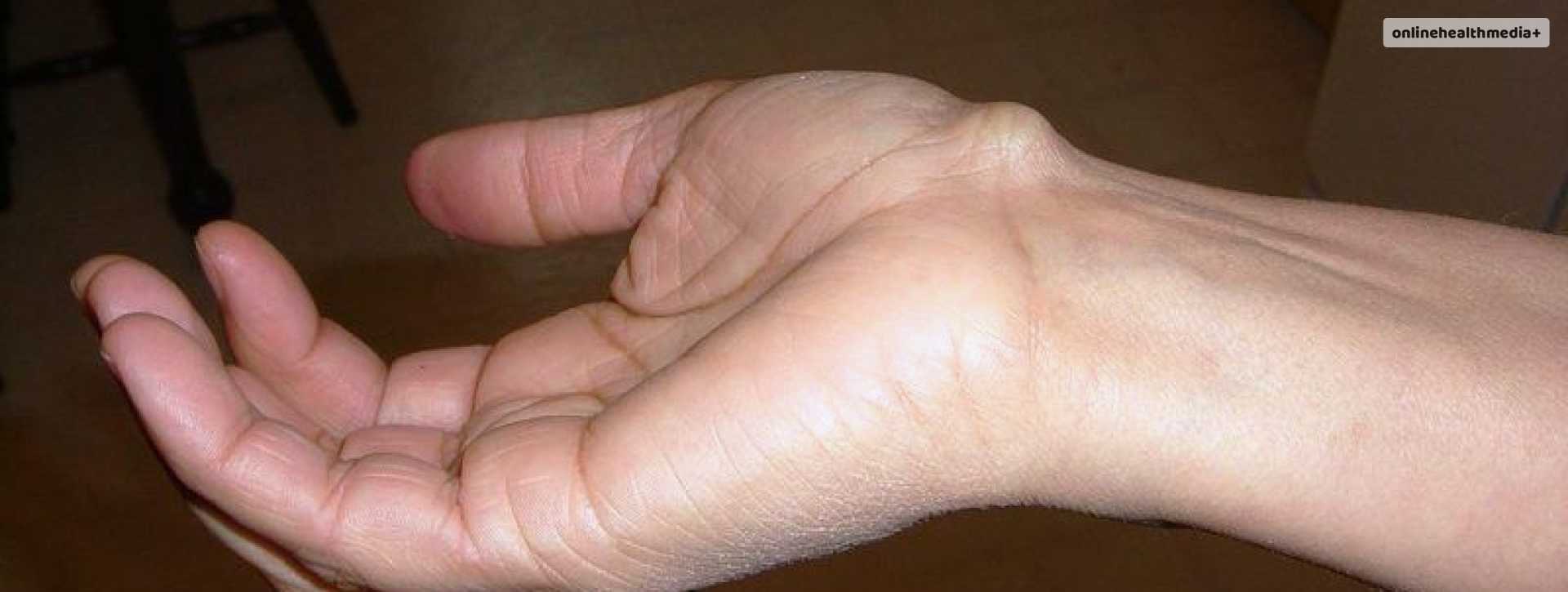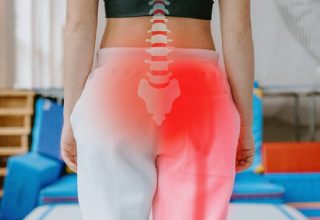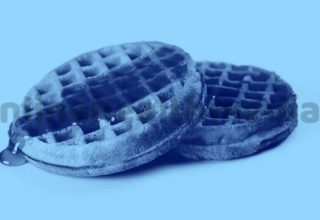Unraveling the Knot: Understanding Ganglion Cysts and Their Impact.
A ganglion cyst, though generally benign, can be a source of concern and discomfort for those who experience it.
These fluid-filled sacs typically form near joints or tendons, and while they can appear in various parts of the body, the foot and wrists are common locations.
In this exploration, we’ll delve into the intricacies of ganglion cysts, examining their symptoms, exploring treatment options, and considering the potential need for removal.
The following article will explore what is ganglion cyst, its causes, symptoms and how it can be treated.
Contents
What is a Ganglion Cyst?
A ganglion cyst is a non-cancerous, fluid-filled lump that forms in the soft tissues near joints or tendons. These cysts are characterized by a thick, gelatinous fluid and a connective tissue capsule.
While the exact cause of ganglion cysts is not always clear, they often develop in response to joint or tendon irritation or degeneration.
Two most common places to observe ganglion cyst
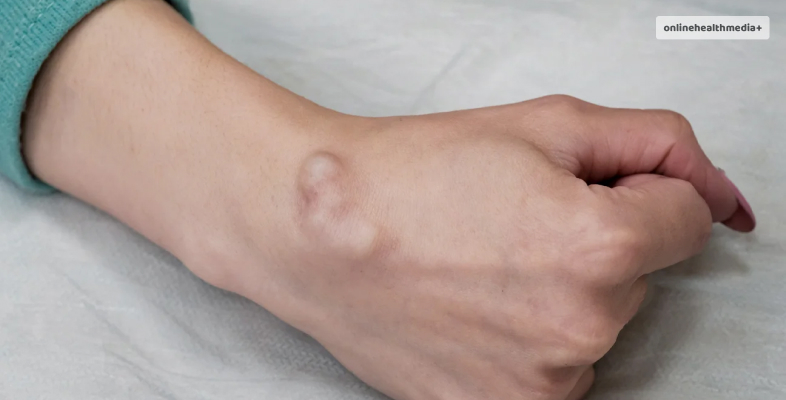
1. Ganglion Cyst in the Foot:
When it comes to the foot, ganglion cysts are commonly found on the top of the foot, near the ankle joint.
They may also appear on the toes or the bottom of the foot. The presence of a ganglion cyst can lead to localized pain, discomfort, and difficulty wearing shoes.
2. Lump on Wrist:
Another frequent location for ganglion cysts is the wrist. These cysts often present as noticeable lumps on the back of the wrist, near the base of the fingers.
The appearance of a lump on the wrist can be accompanied by symptoms such as pain, tingling, or a feeling of weakness.
What Are The Causes?
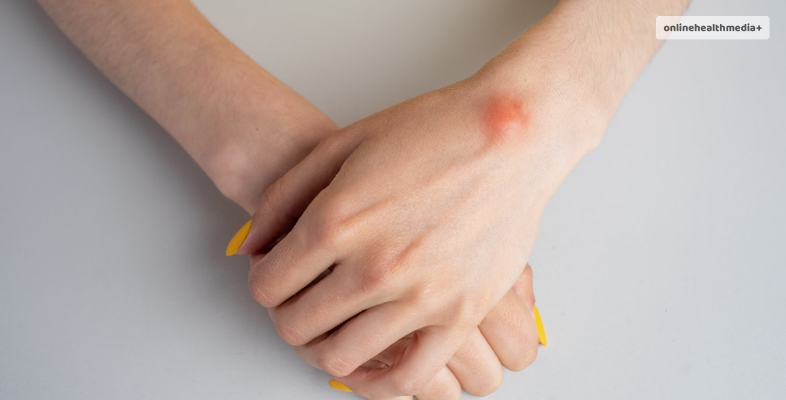
The exact causes of ganglion cysts are not always clearly understood, and in many cases, they may develop spontaneously without a specific trigger.
However, several factors are commonly associated with the formation of ganglion cysts:
1. Joint or Tendon Irritation:
– Ganglion cysts often emerge in response to irritation or trauma to a joint or tendon. Repetitive stress or strain on a particular area, such as during certain activities or occupations, may contribute to the development of a cyst.
2. Joint or Tendon Degeneration:
– Degeneration of joints or tendons due to aging, wear and tear, or underlying medical conditions can create an environment conducive to the formation of ganglion cysts. As the joint or tendon breaks down, the body’s response may involve the production of synovial fluid, leading to cyst development.
3. Connective Tissue Disorders:
– Conditions that affect the connective tissues, such as rheumatoid arthritis or osteoarthritis, may increase the likelihood of ganglion cyst formation. These disorders can disrupt the normal structure and function of joints and tendons.
4. Prior Joint or Tendon Injury:
– Individuals who have experienced previous joint or tendon injuries, such as sprains or strains, may be more prone to developing ganglion cysts. The body’s attempt to heal the injured area may involve the formation of a cyst.
5. Gender and Age:
– Ganglion cysts are more commonly observed in women than in men. Additionally, they tend to occur more frequently in individuals between the ages of 20 and 40.
6. Occupational Factors:
– Certain occupations or activities that involve repetitive use of specific joints or exertion of pressure on particular areas of the body may increase the risk of ganglion cysts. This is especially true for activities that involve constant wrist or foot movement.
7. Genetic Predisposition:
– There may be a genetic predisposition to the development of ganglion cysts. While the specific genetic factors are not fully elucidated, a family history of these cysts may increase an individual’s susceptibility.
8. Synovial Joint Abnormalities:
– Ganglion cysts are often associated with abnormalities in synovial joints. The synovium, which produces synovial fluid for joint lubrication, may undergo changes that lead to the formation of cysts.
It’s important to note that while these factors are commonly linked to ganglion cysts, the exact mechanism of cyst formation can vary.
If a ganglion cyst causes discomfort, pain, or interference with joint movement, seeking medical evaluation is advisable to determine the most appropriate course of action.
Ganglion Cyst Symptoms
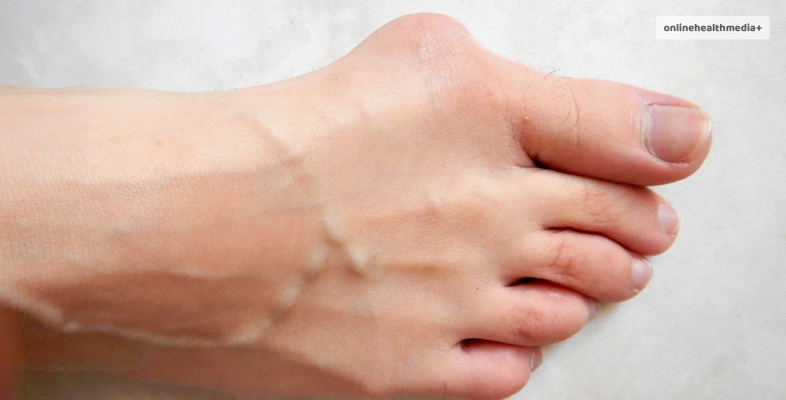
The physical manifestation of a ganglion cyst can vary, but common symptoms include:
1. Visible Lump:
– Ganglion cysts are often characterized by a visible lump or swelling beneath the skin, which may change in size.
2. Pain or Discomfort:
– Some individuals may experience pain or discomfort, particularly if the cyst presses on a nerve or interferes with joint movement.
3. Changes in Sensation:
– Tingling or numbness may occur if the cyst exerts pressure on nearby nerves.
4. Difficulty with Joint Movement:
– Ganglion cysts near joints may hinder normal movement, impacting flexibility and range of motion.
Ganglion Cyst Treatment
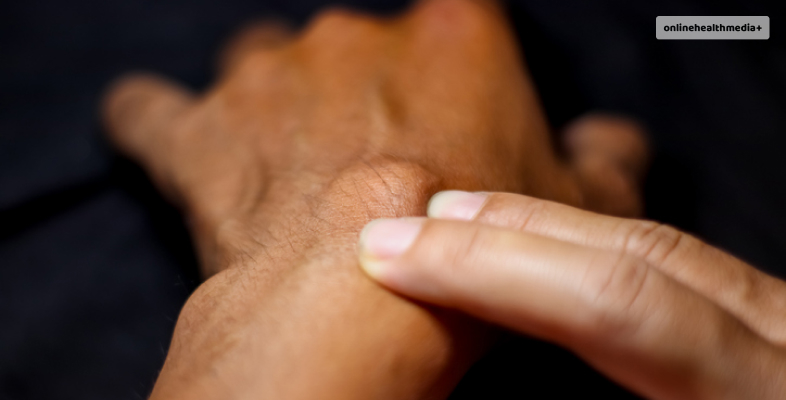
For those opting for conservative approaches, observation, immobilization, and anti-inflammatory medications may provide relief.
Aspiration, involving the removal of fluid from the cyst, is another viable option, though recurrence remains a possibility. Physical therapy, aimed at improving joint function and strength, can be particularly beneficial.
Following are the traditional options:
1. Observation:
– In some cases, especially if the ganglion cyst is not causing significant symptoms, a “wait-and-see” approach may be recommended.
2. Immobilization:
– Immobilizing the affected joint or using a brace may help alleviate symptoms by reducing movement and irritation.
3. Aspiration:
– Aspiration involves draining the fluid from the cyst using a needle. This can provide temporary relief, but recurrence is possible.
4. Anti-Inflammatory Medications:
– Nonsteroidal anti-inflammatory drugs (NSAIDs) may be prescribed to alleviate pain and reduce inflammation.
5. Physical Therapy:
– Physical therapy exercises can help improve joint strength and flexibility while minimizing discomfort.
Ganglion Cyst Removal: 4 best options!
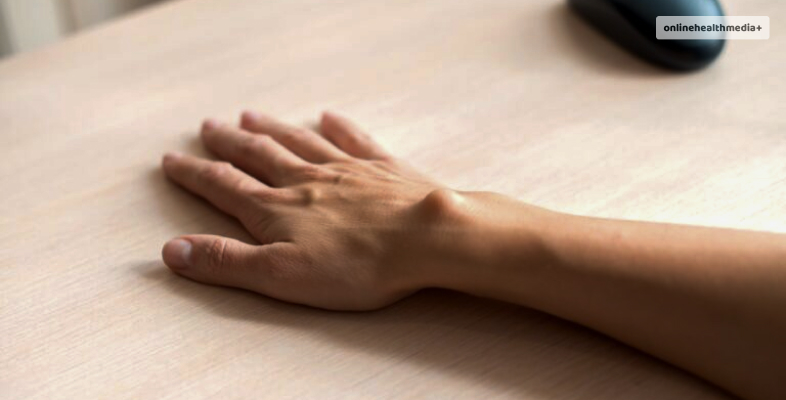
1. Surgical Excision:
– If conservative measures prove ineffective or if the cyst persists, surgical removal may be considered. This outpatient procedure involves removing the cyst and its connecting stalk.
2. Laser Treatment:
– Laser therapy is a less invasive option that uses focused light to break down the cyst. While not as common as surgical excision, it may be recommended in certain cases.
3. Corticosteroid Injections:
– Injections of corticosteroids into the cyst can help reduce inflammation and alleviate symptoms. This is often considered a temporary solution.
4. Home Remedies:
– Some individuals explore home remedies such as warm compresses or dietary supplements to manage symptoms.
However, the efficacy of these methods varies, and consulting a healthcare professional is advisable.
Seeking Professional Guidance:
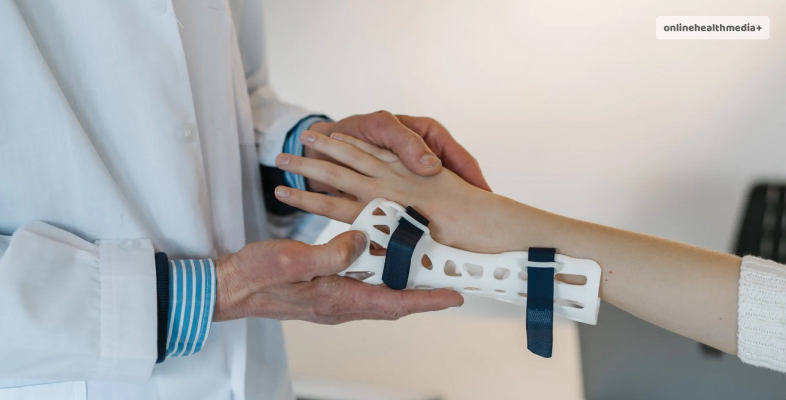
While ganglion cysts are generally non-threatening, it’s crucial to consult with a healthcare professional for an accurate diagnosis and appropriate treatment plan.
Self-diagnosis and attempts to pop or drain the cyst at home can lead to complications and should be avoided.
If you notice a lump on your foot, wrist, or elsewhere, accompanied by pain, changes in sensation, or difficulty with movement, seek prompt medical attention.
A healthcare provider can assess the cyst, determine the most suitable course of action, and address any underlying causes contributing to its formation.
In the journey to unravel the complexities of ganglion cysts, informed decision-making and professional guidance pave the way to effective management and relief.
Whether through conservative measures, medical interventions, or, in some cases, surgical removal, addressing a ganglion cyst ensures a path toward improved comfort and restored function.
Conclusion
In the intricate landscape of ganglion cysts, understanding their nature, symptoms, and available treatments is key to navigating the path to relief.
Whether it’s a noticeable lump on the foot or an unexpected bulge on the wrist, these cysts can be both physically and emotionally discomforting.
Fortunately, a range of treatment options exists, allowing individuals to find a solution tailored to their unique needs.
Do you know any other way to remove these cysts? Let us know below!
Also read
- Top Electric Toothbrush For Kids.
- Compelling Reasons To Incorporate Shilajit Into Your Diet.
- Hepatitis A Resurgence Sparks Concern Among Vulnerable Populations.
